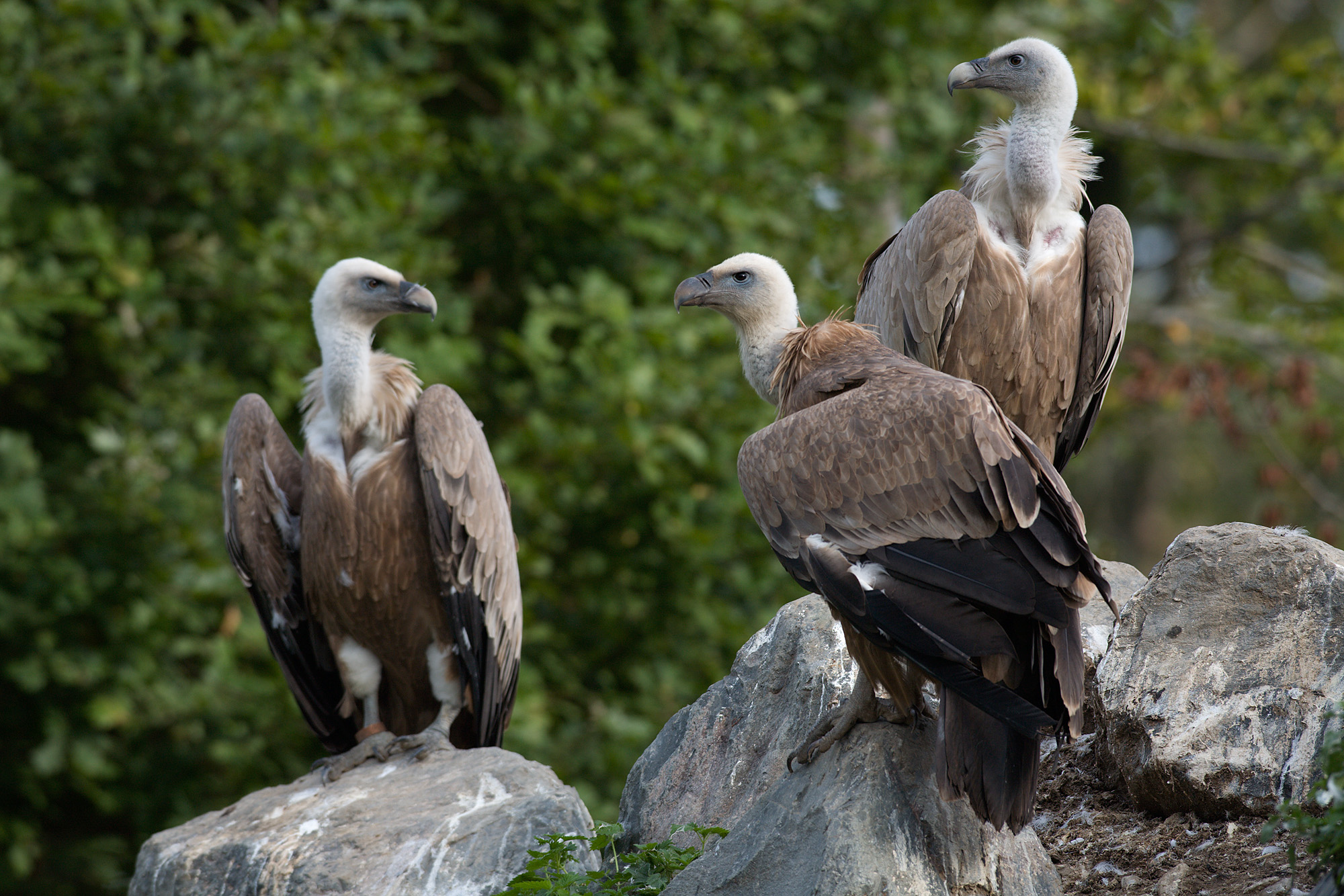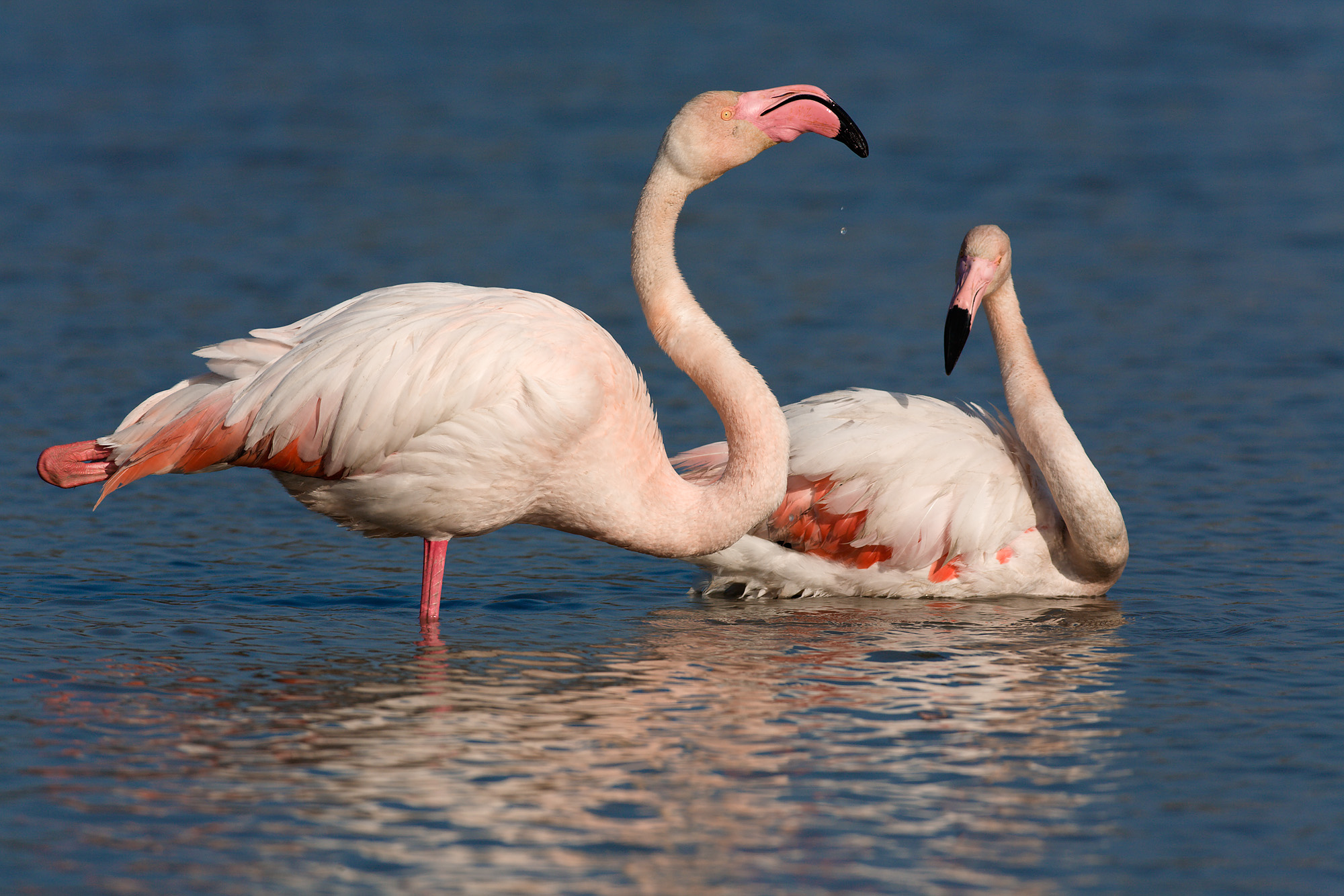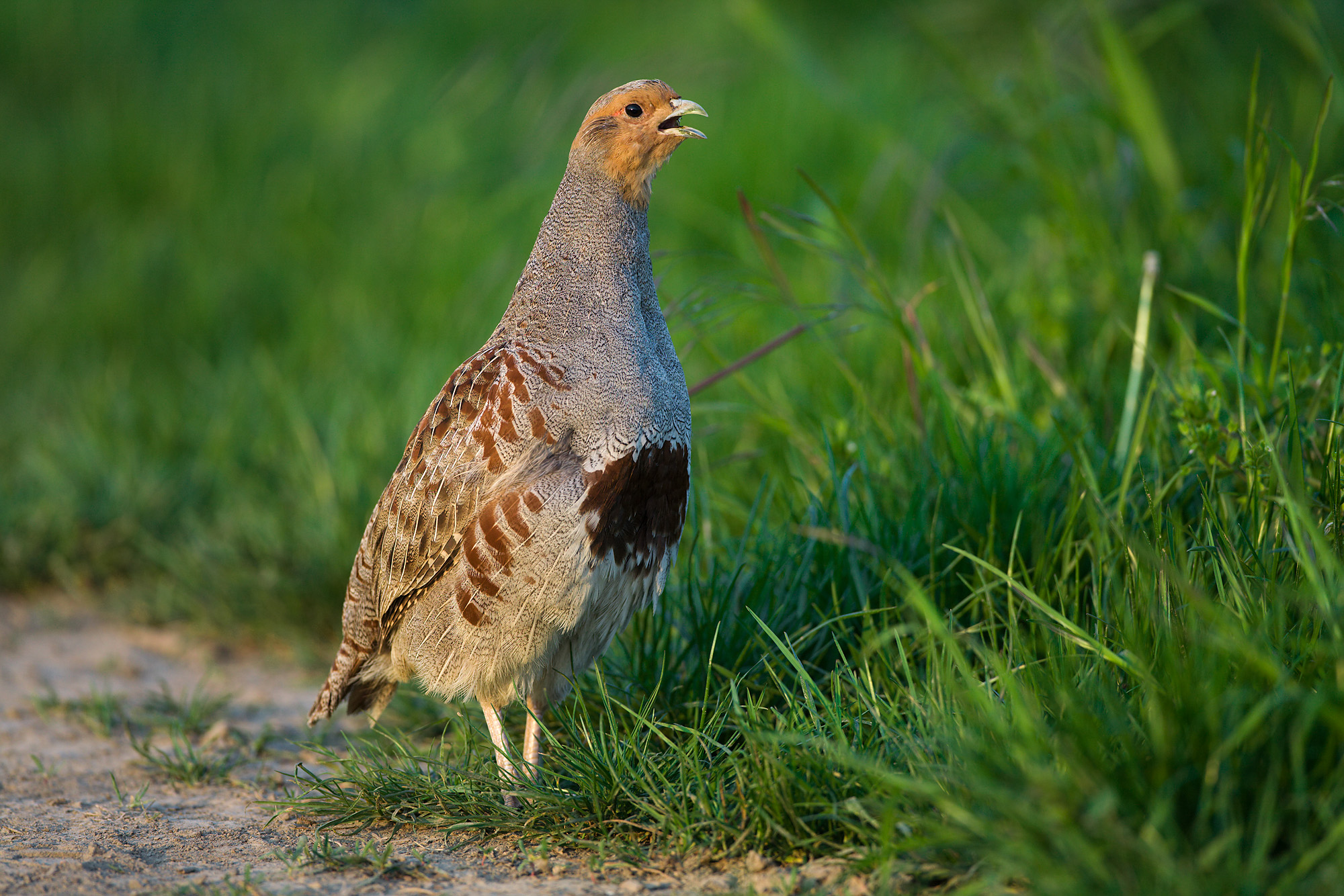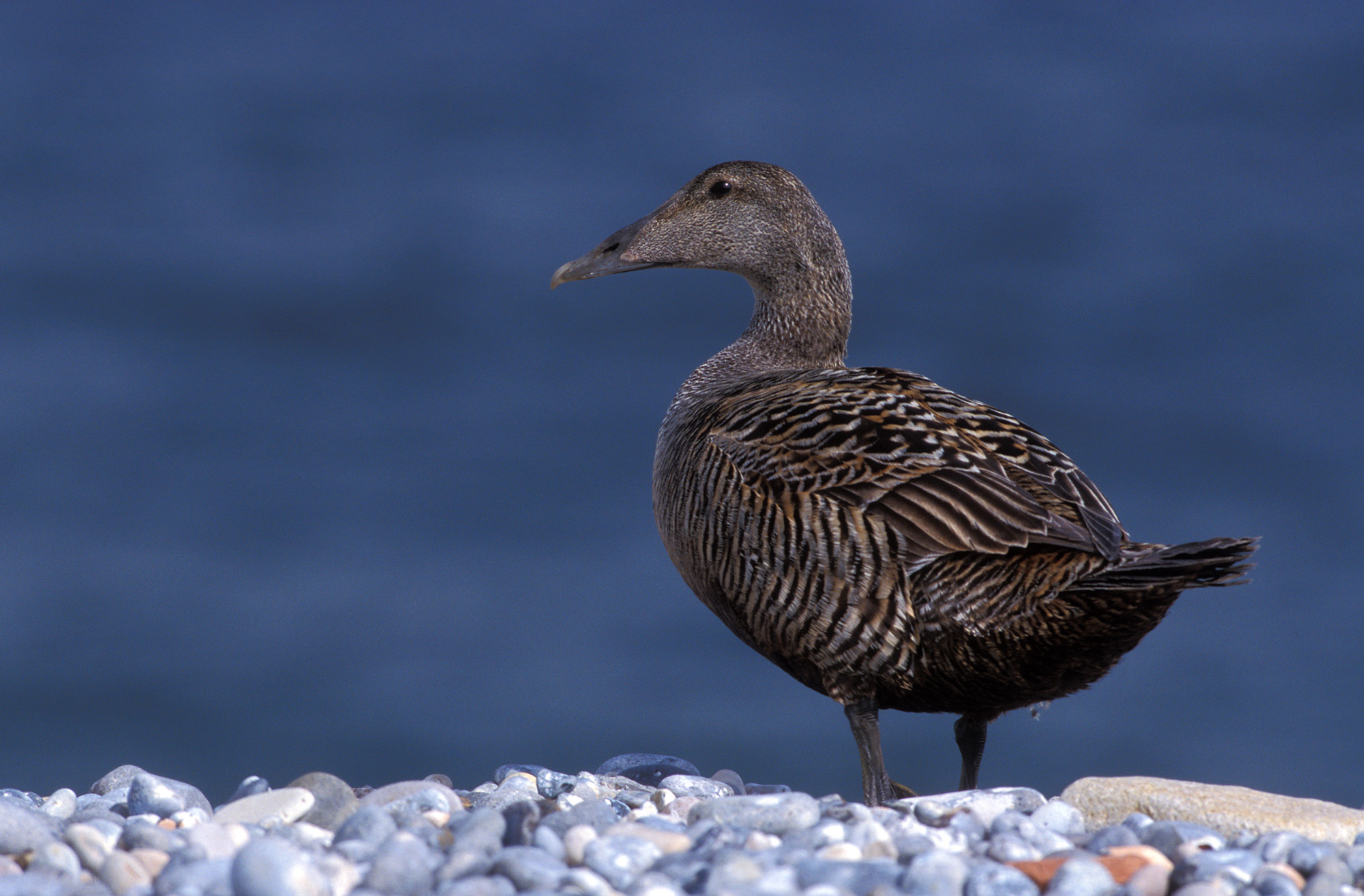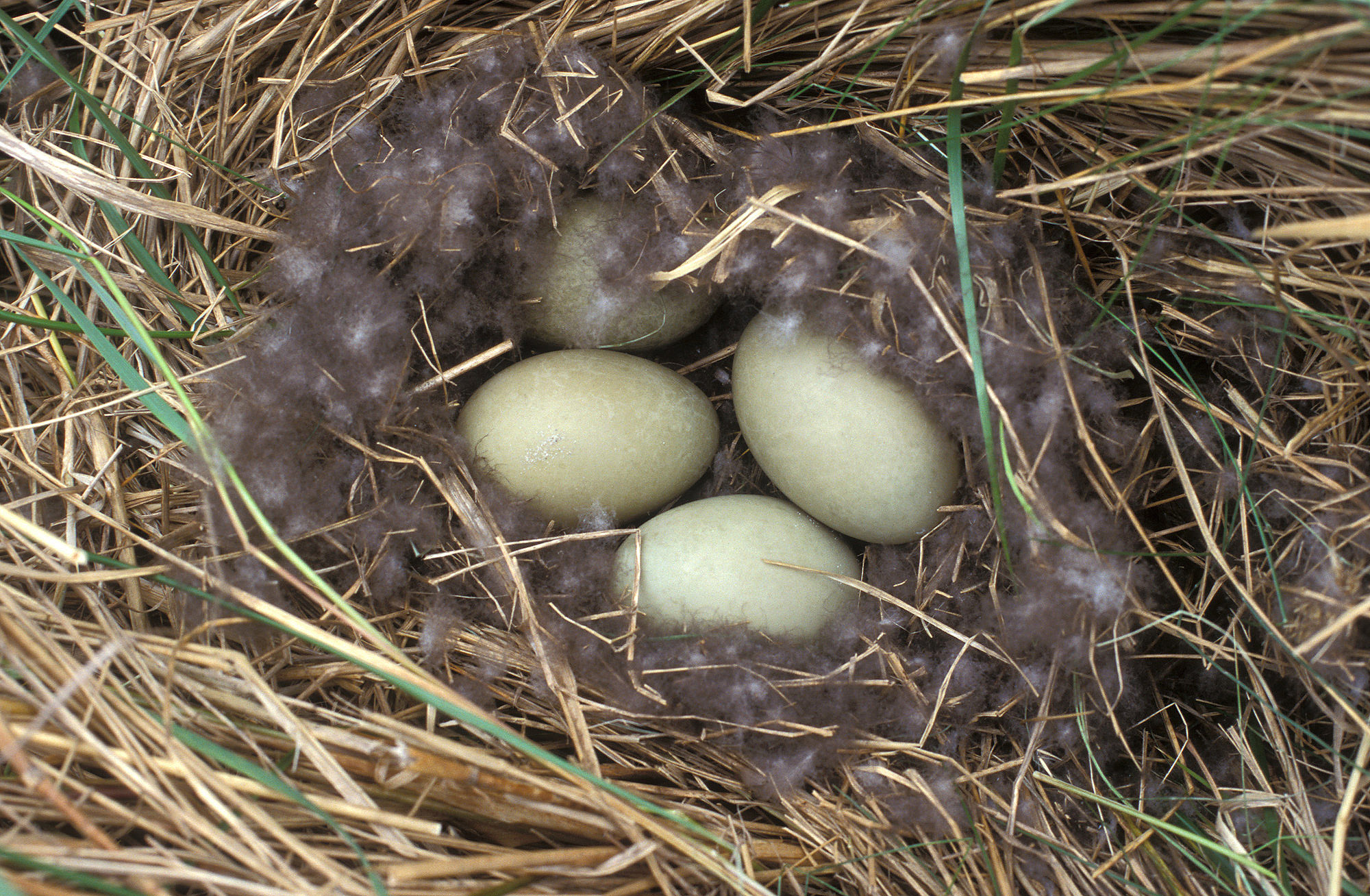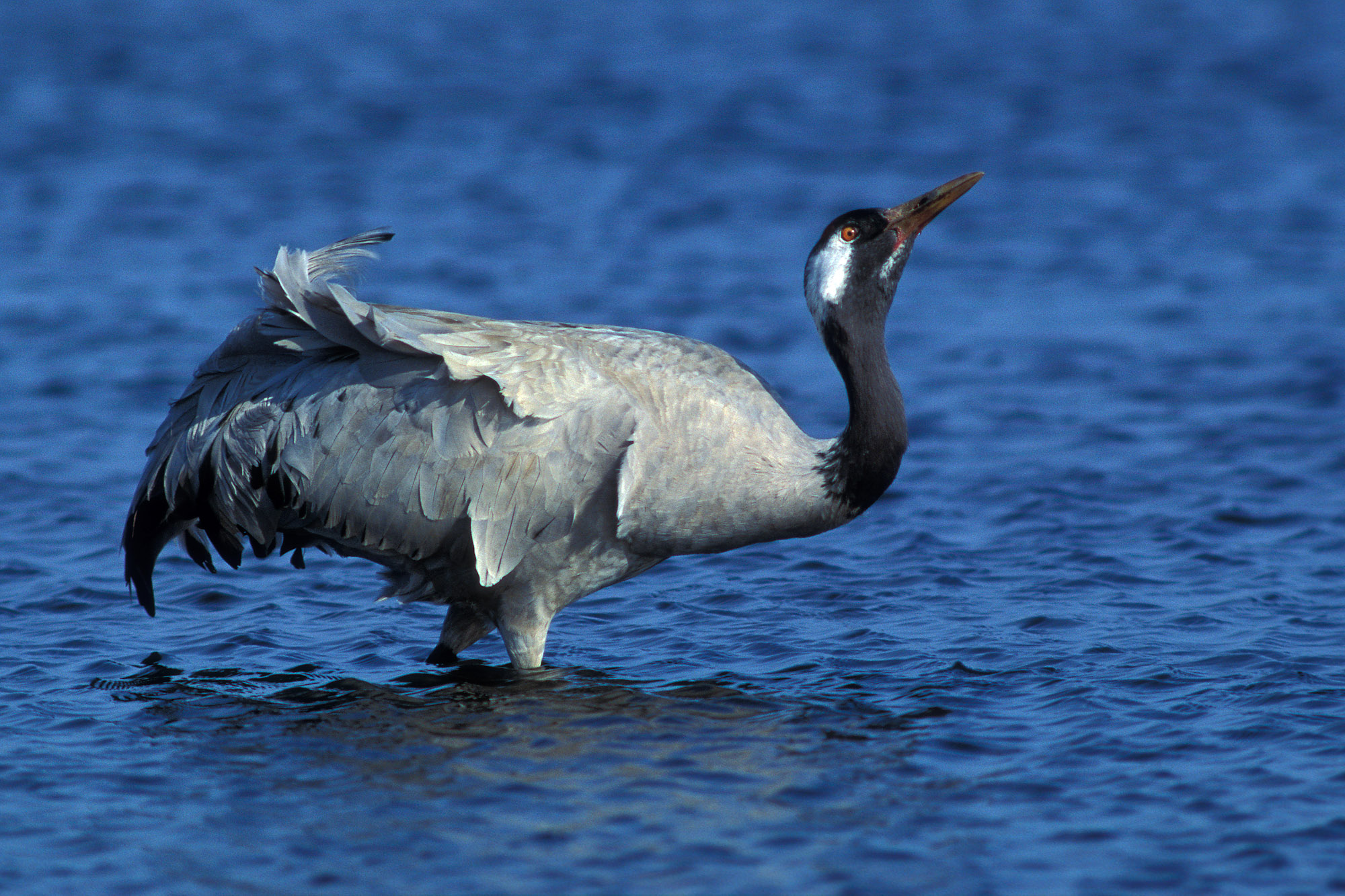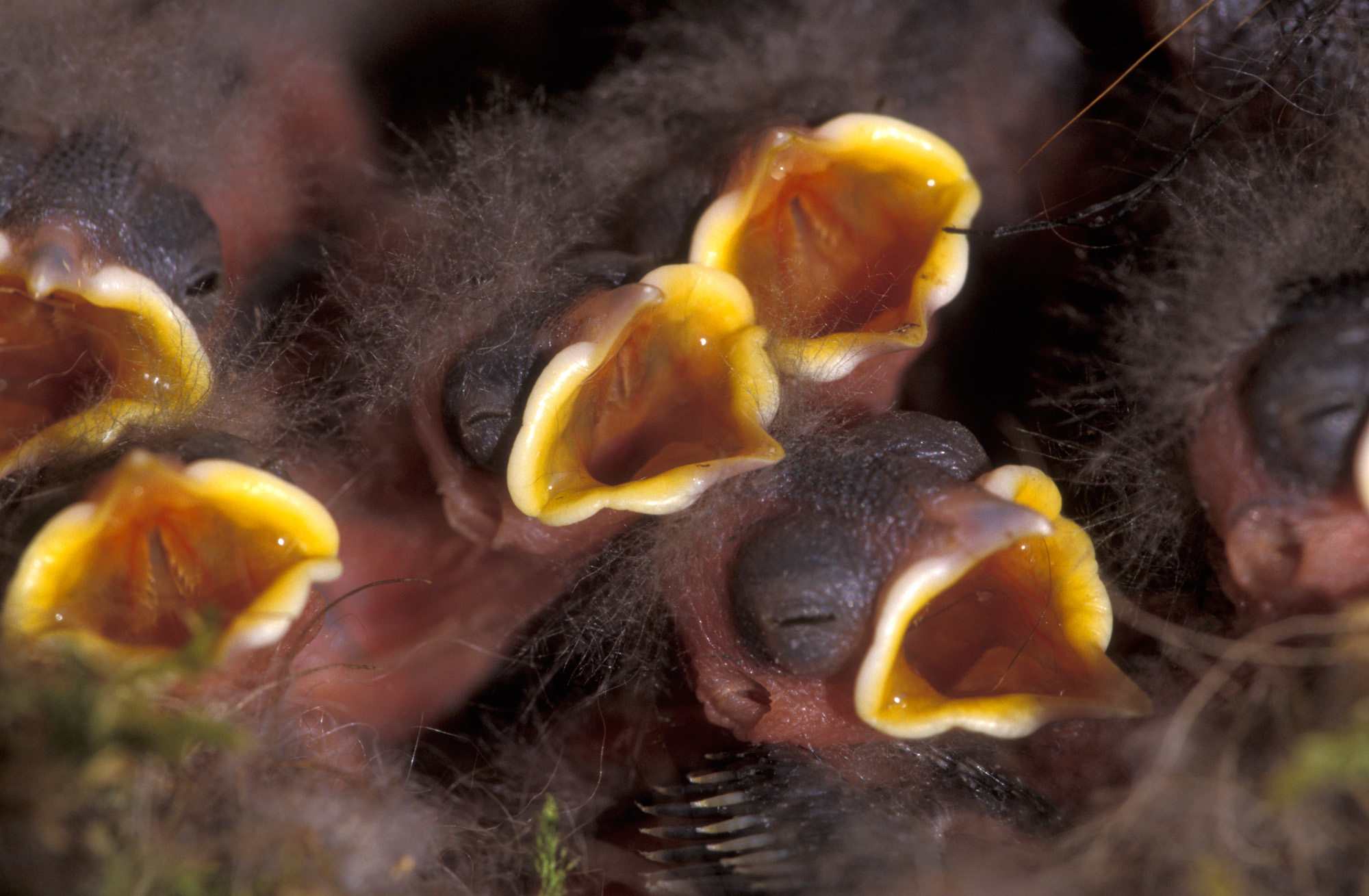The temperature difference between summer and winter plays a significant role in the egg clutch size of birds
09.12.2008
The world is home to about 9,700 bird species. Some of them lay ten eggs in their nest, while others lay only one. Scientists from the Johannes Gutenberg University Mainz, the University of California at San Diego and Stanford University have used a novel approach to investigate which factors are decisive for clutch size, thus presenting the first global analysis of the clutch sizes of birds. "We have found a clear north/south divide," reported Professor Dr. Katrin Böhning-Gaese of the Institute for Zoology at Mainz University. "In northern latitudes, the birds lay more eggs, while in the tropics they lay fewer eggs." The decisive reason for the different clutch sizes, according to the scientists, is the difference in temperature between summer and winter and the associated consequences for the life of the birds. The results were recently published in the latest edition of the scientific journal PLos Biology.
Great tits lay seven to ten eggs in their nest, while the gray partridges lay ten to twenty - in some cases even up to 29. The nests of culvers, on the other hand, contain only two eggs at the same time, but they do lay several times a year. The griffon vulture, which used to breed in Germany, only lays one egg per nest each year. To explain these differences, two different approaches have been used thus far: either the clutch sizes were related to biological characteristics, such as body weight, or environmental factors such as climate were investigated. In the study now being presented, the scientists combined these two approaches, while also having access to the largest data set worldwide. "We have collected and analyzed records of almost 5,300 bird species and their different characteristics. This is by far the most extensive data collection there is," says Cagan Sekercioglu, one of the co-authors of the study. The bird expert does point out, however, that the data situation is not entirely standardized. The British, for example, have always been enthusiastic hobby ornithologists who carefully observed the bird population in their former colonies and wrote down their findings; this is why countries such as India have excellent documentation, while for Oceania data are only available for about sixteen percent of the species.
The evaluation of the enormous data set showed that it can be explained how many eggs a female bird would normally lay in her nest by looking at only a few factors. The greater the temperature difference between summer and winter, the more eggs the birds produce. This explains the larger number of eggs in Europe and North America and the smaller clutch size in the tropics. "As far as tropical birds are concerned, for example, warblers have only two young, but they feed and care for them for a period of more than two months," explains Böhning-Gaese. "This means having few offspring, but caring for them as well as possible." The researchers also found that nidicolous birds such as blackbirds and tits lay fewer eggs than nidifugous birds such as game birds. Cavity nesters such as tits and woodpeckers lay larger clutches of eggs than open-nesting species. "This is actually quite remarkable, as studies about the survival of bird populations would lead one to expect that cavity nesters are better protected against predators." The body size of the species in question, on the other hand, is far less important for the number of eggs than one would have expected.
The combination of two approaches - the so-called intrinsic factors based on the biology of the species and the macro-ecological factors - in one analysis marks a turning point in the research: what would once have been two individual disciplines are now recombined to form a new synthesis. This could be of advantage for the protection of the environment and of species. Walter Jetz, the primary author of the study, remarked: "Our results have shown that not only the habitat of a species but also its way of life are closely related to the climate. Rapid climate changes can therefore destroy links between behavior and climate that have developed over a long period, thus posing an additional risk factor for a species."
Böhning-Gaese concludes: "We can use such analyses for a correct prediction of the average clutch size of a bird species anywhere on earth with a high probability. This may also help to protect certain species from extinction. Species that lay few eggs are more at risk from human intervention, environmental catastrophes, and global climate change." An example are albatrosses, many species of which lay only one egg every two years and which are at risk of extinction as a result of long-line fishing in the Antarctic Ocean.
PHOTO GALLERY
